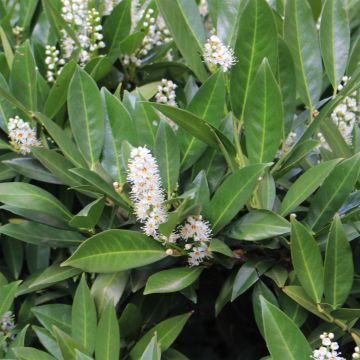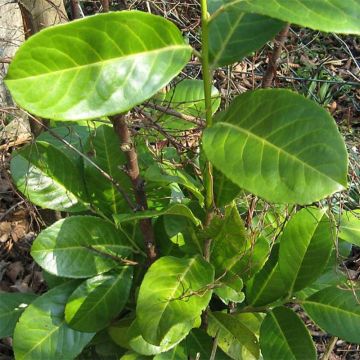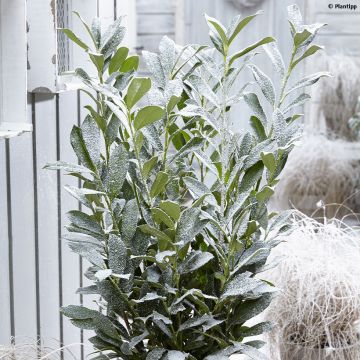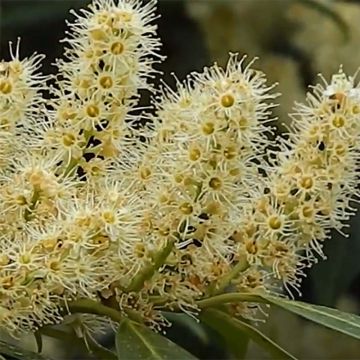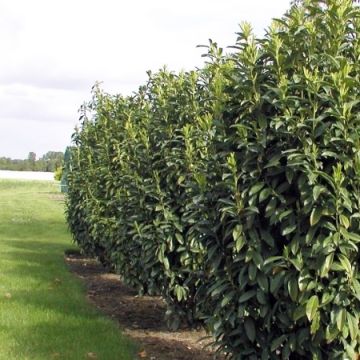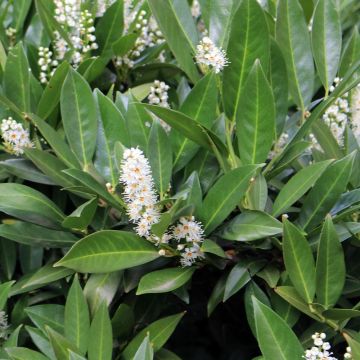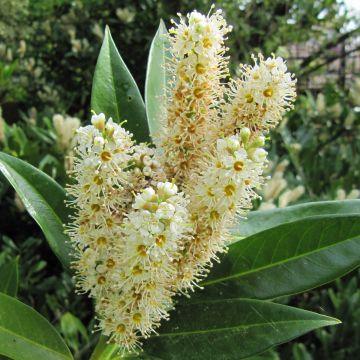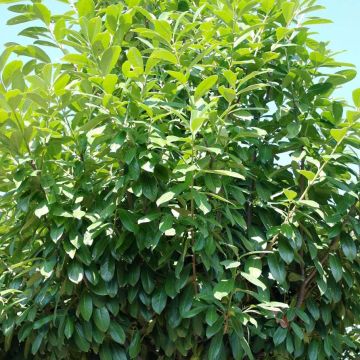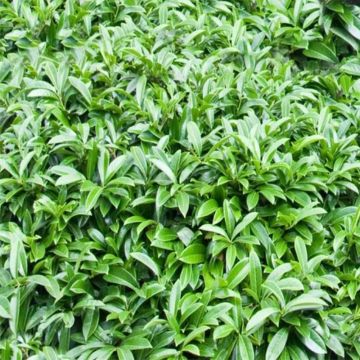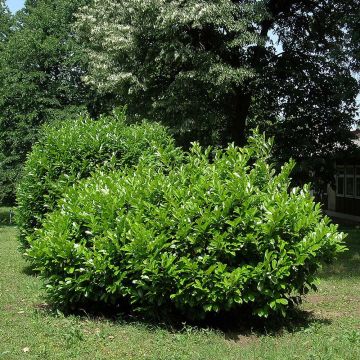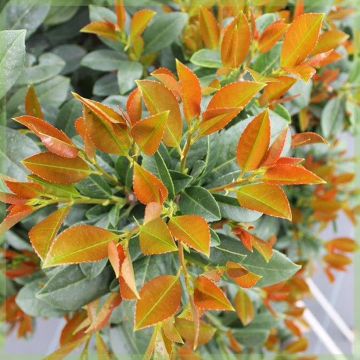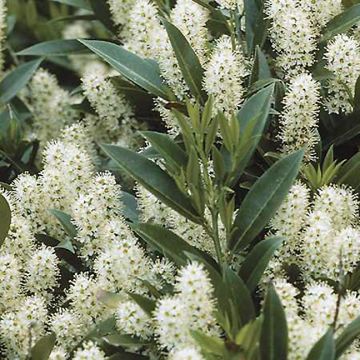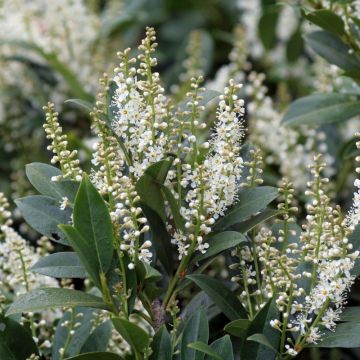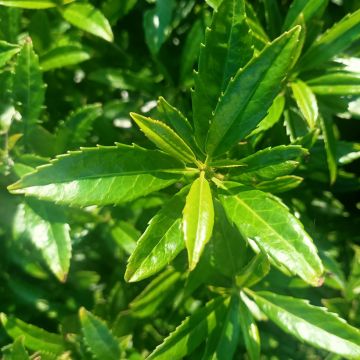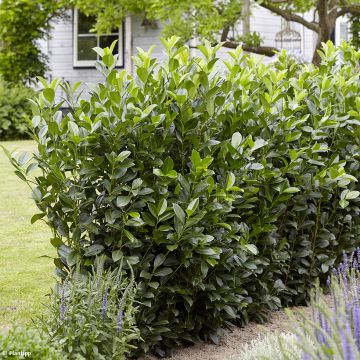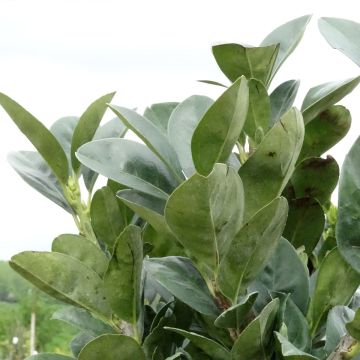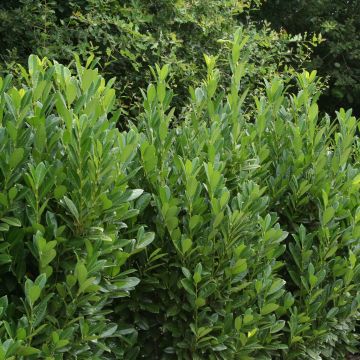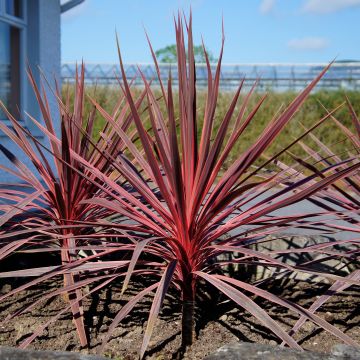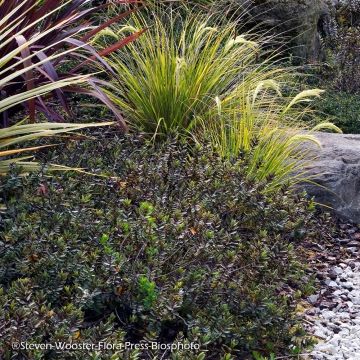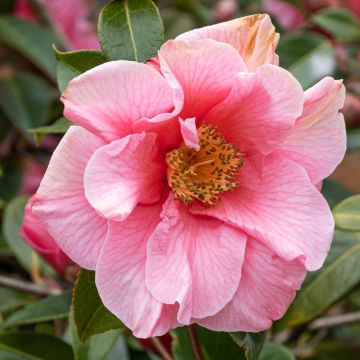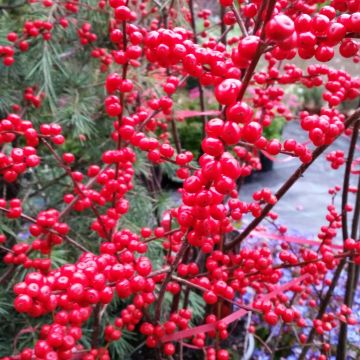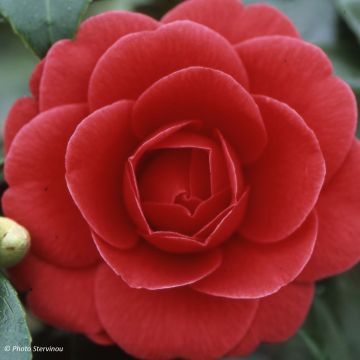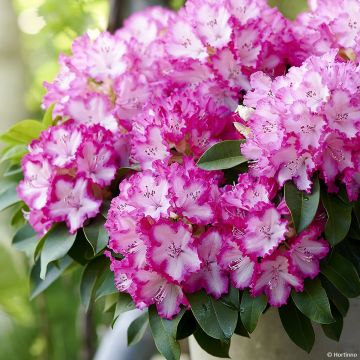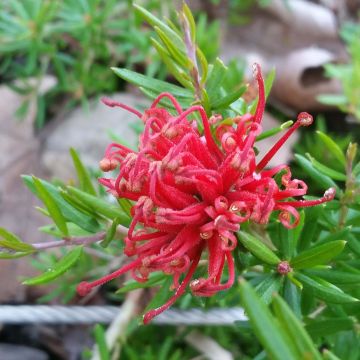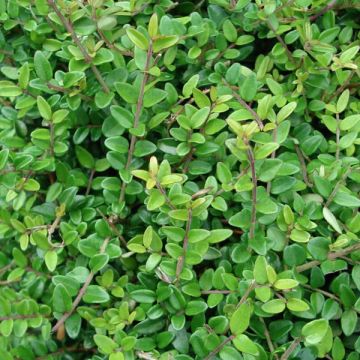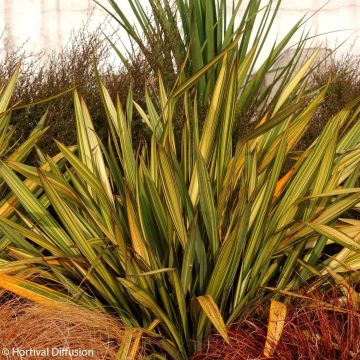Shipping country and language
Your country of residence may be:
Your country of residence is:
For a better user experience on our website, you can select:
Your shipping country:
-
Andorra
-
Austria
-
Belgium
-
Bulgaria
-
Canada
-
Chile
-
Croatia
-
Cyprus
-
Czechia
-
Denmark
-
Estonia
-
Finland
-
France
-
Germany
-
Greece
-
Hungary
-
Iceland
-
Ireland
-
Italy
-
Latvia
-
Lithuania
-
Luxembourg
-
Malta
-
Monaco
-
Netherlands
-
Poland
-
Portugal
-
Romania
-
Slovakia
-
Slovenia
-
Spain
-
Sweden
-
Switzerland
-
United Kingdom
We only deliver seed and bulb products to your country. If you add other products to your basket, they cannot be shipped.
Language:
-
French
-
German
-
Spanish
-
English
-
Italian
My Account
Hello
My wish lists
Log in / Register
Existing customer?
New customer?
Create an account to track your orders, access our customer service and, if you wish, make the most of our upcoming offers.
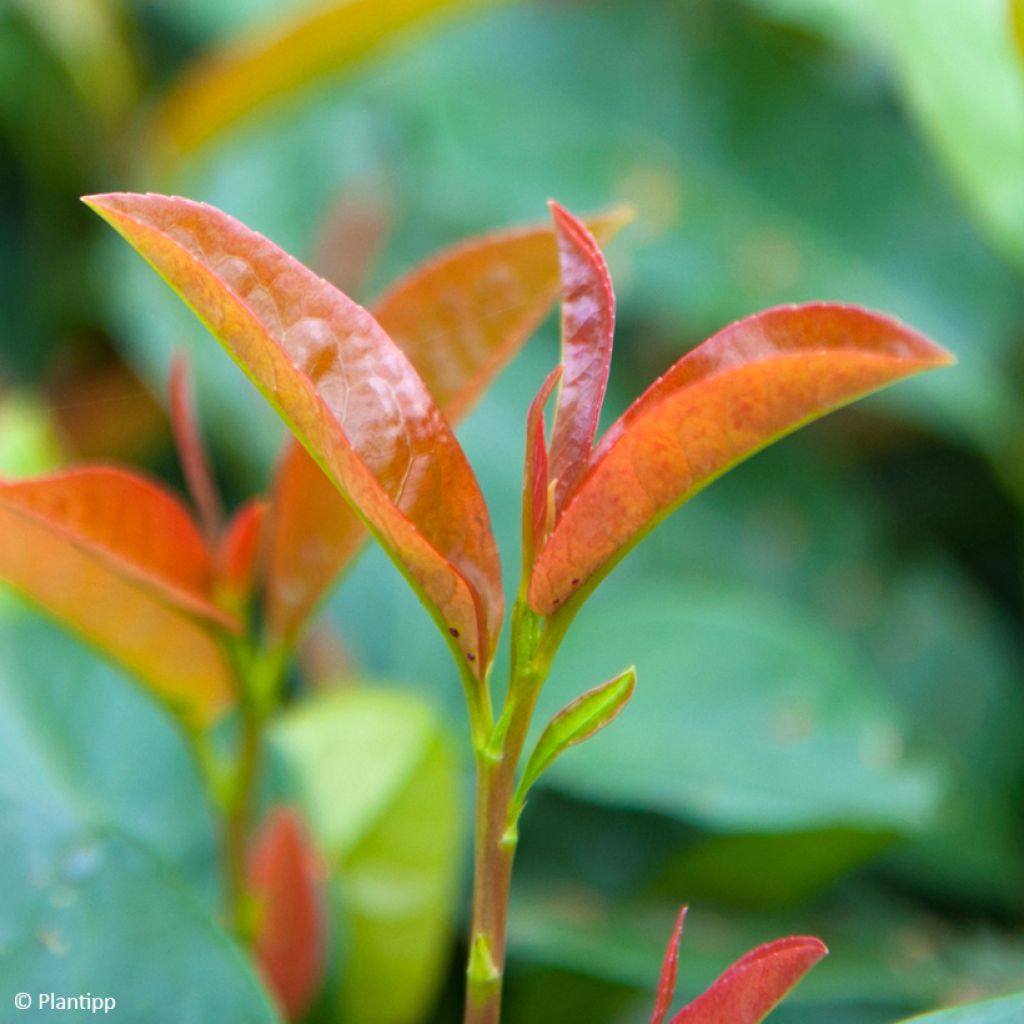

Prunus laurocerasus Copperbell - Cherry Laurel
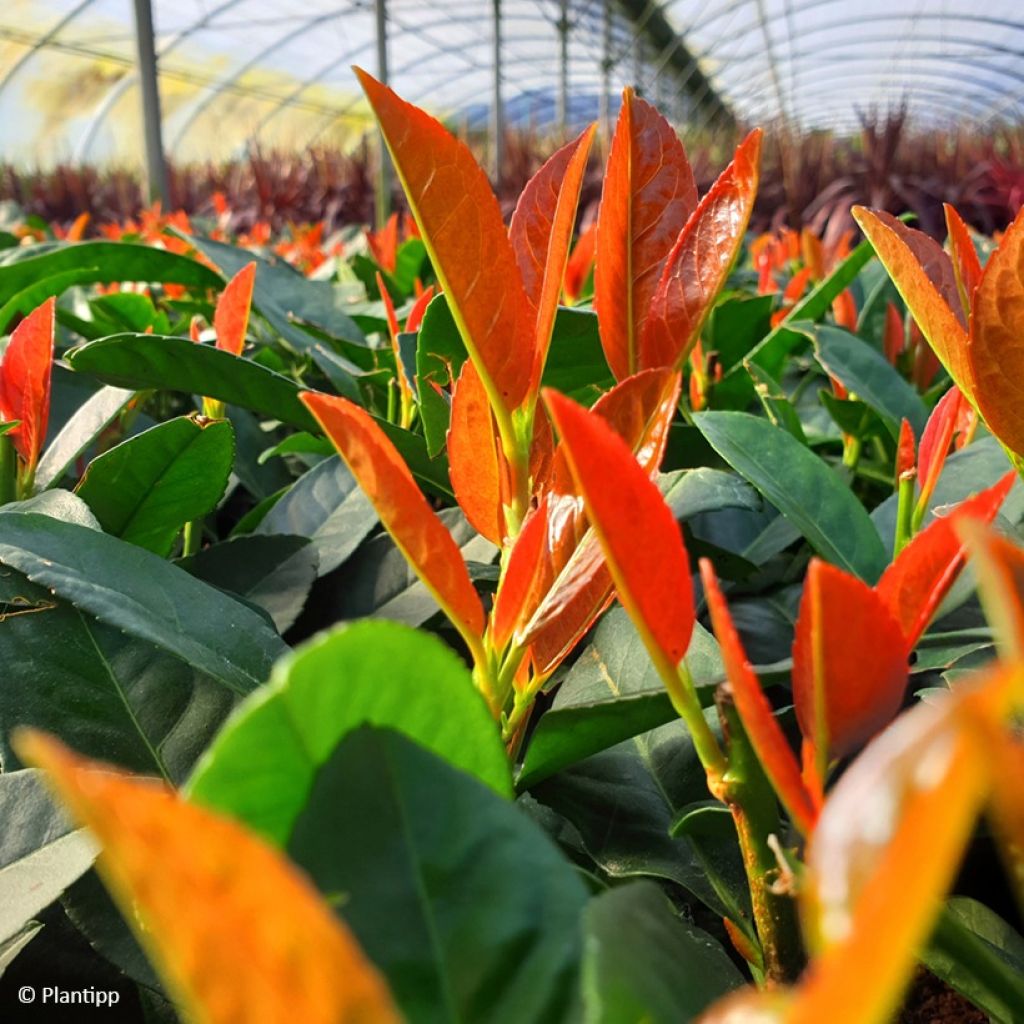

Prunus laurocerasus Copperbell - Cherry Laurel
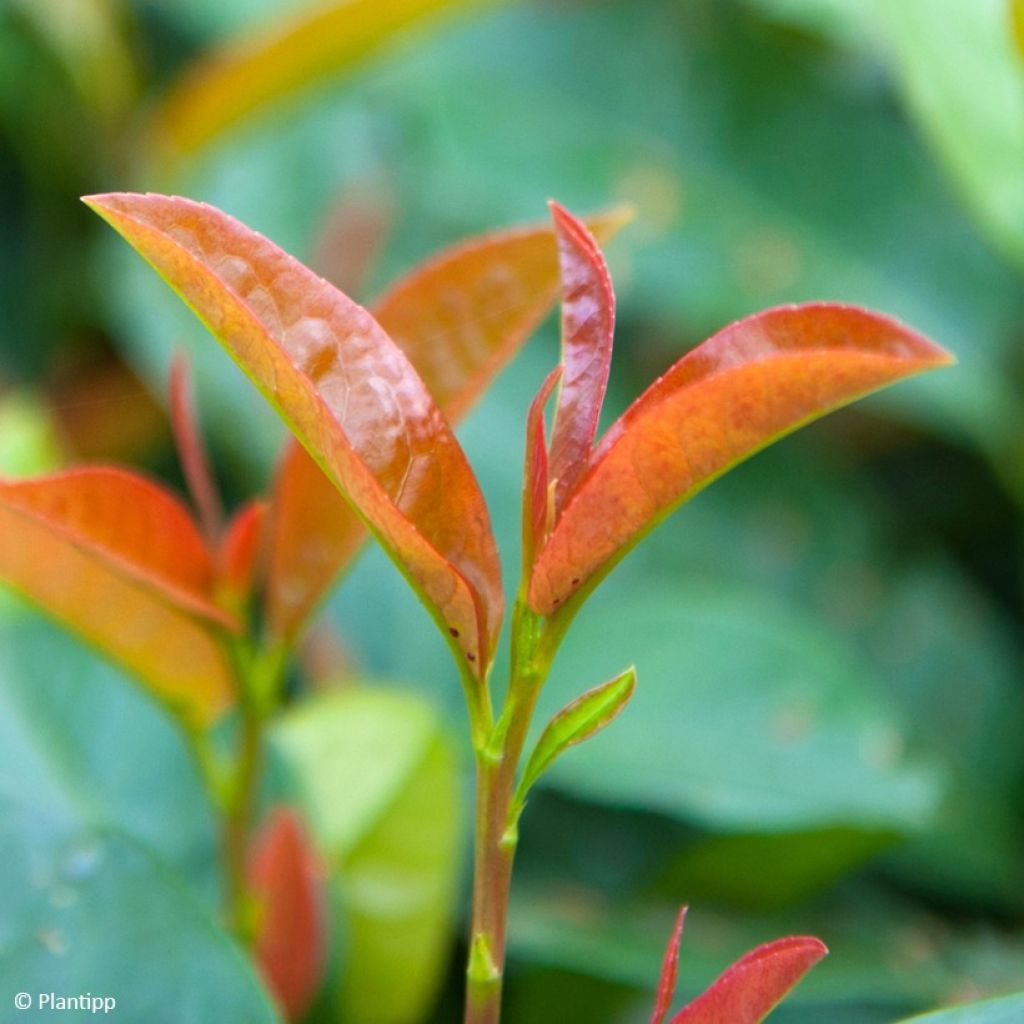

Prunus laurocerasus Copperbell - Cherry Laurel
Prunus laurocerasus Copperbell - Cherry Laurel
Prunus laurocerasus Copperbell ('Procup'PBR) EU 56339
Cherry Laurel, Common Laurel, English Laurel
Why not try an alternative variety in stock?
View all →Order in the next for dispatch today!
Dispatch by letter from €3.90.
Delivery charge from €5.90 Oversize package delivery charge from €6.90.
More information
This item is not available in your country.
Schedule delivery date,
and select date in basket
This plant carries a 24 months recovery warranty
More information
We guarantee the quality of our plants for a full growing cycle, and will replace at our expense any plant that fails to recover under normal climatic and planting conditions.
From €5.90 for pickup delivery and €6.90 for home delivery
Express home delivery from €8.90.
Does this plant fit my garden?
Set up your Plantfit profile →
Description
Prunus laurocerasus 'Copperbell' is a variety of cherry laurel that brings a welcome new touch to this species. Its beautiful, dark green, evergreen foliage comes to life with the emergence of beautiful coppery red young shoots. Its springtime cream-white flowering is fragrant and beneficial to pollinating insects. It then develops into black fruits that are appreciated by birds but toxic to humans. With good tolerance to pruning and easy cultivation, it is an ideal shrub for creating a windbreak hedge.
The Cherry Laurel, sometimes called the Cherry Almond or English Laurel, is an evergreen shrub from the large Rosaceae family. Native to southeastern Europe and Asia Minor, Prunus laurocerasus is an evergreen shrub that, if left unpruned, can reach a considerable height (up to 8 m) and even develop true trunks in older specimens. The species has produced many cultivars that are often used for hedges, such as 'Copperbell'. This variety possesses all the qualities of a good hedge plant, with an additional ornamental asset. Less imposing than the species, it can reach approximately 3.50 m in height, or even 4 m if left in its natural form, but it tolerates pruning very well, which will keep it at smaller dimensions. With a distinctly upright habit, the mature plant does not exceed 1.25 m in width, which limits pruning operations when used for hedges. This very dense shrub forms highly effective privacy screens, 2 to 3 m in height, perfect for ensuring the intimacy of a garden. Its elliptical to elongated foliage is leathery, dark green with a glossy surface, evergreen so decorative all year round. The particular appeal of this variety lies in its young shoots that emerge in unprecedented bright red tones, hitherto mainly known in the Photinia, another ornamental Rosaceae. This youthful colour gradually fades to green, and the mature dark foliage highlights the white flowering that occurs in May. The clusters of small, fragrant flowers are nectar-rich so beneficial to bees and other pollinating insects. They then develop into oval fruits, which darken when ripe and provide food for birds. Please note that they are not edible and are even toxic to humans (it is mainly the seed that is very dangerous, as it contains hydrocyanic acid). Hardy to approximately -20°C, this lovely English Laurel is very accommodating in terms of soil, growing in most moist or even wet soils, provided they are well-drained.
Prunus laurocerasus 'Copperbell' will form superb hedges, particularly attractive in the early season thanks to the red young shoots. For an even more ornamental result, use it in combination with other hedge plants and leave the hedge trimmer aside for the secateurs, which will achieve a much more attractive finish while respecting the overall shape of the shrubs. Laurustinus (Viburnum tinus, nothing to do with Cherry Laurels!) will offer you winter blooms that are staggered compared to the others. A few plants with variegated foliage here and there will brighten up your hedge in the most beautiful way. Consider Euonymus fortunei 'Président Gauthier', a Spindle tree with green leaves edged in white that are unparalleled in brightening up dark winter days. In temperate climates, Elaeagnus ebbingei 'Maryline' with its evergreen attire of light yellow edged in dark green will be just as good. And if you don't mind thorns, add one or two plants of Pyracantha, aptly named Firethorn, which is a toss-up between its bountiful white springtime flowering and its equally abundant and spectacular autumn fruiting, yellow, orange, or red depending on the variety.
Report an error about the product description
Prunus laurocerasus Copperbell - Cherry Laurel in pictures


Plant habit
Flowering
Foliage
Botanical data
Prunus
laurocerasus
Copperbell ('Procup'PBR) EU 56339
Rosaceae
Cherry Laurel, Common Laurel, English Laurel
Cultivar or hybrid
Other Cherry Laurel - Commun Laurel
Planting and care
Prunus laurocerasus 'Copperbell' is very accommodating and easy to grow, content with well-prepared ordinary, moderately dry to moist soil, and accepts limestone soils. It grows in sunny to semi-shady exposure and withstands low temperatures well (around -20°C). Even if its above-ground parts can be damaged by very severe frost, it produces vigorous shoots from the base. Long and intense periods of drought can destroy already mature plants. Planting is preferably done in autumn or early spring in cool regions. Dig a hole 50 cm in all directions and add a little planting compost mixed with the existing soil. Soak the root ball in a bucket of water for fifteen minutes before placing it in the planting hole. Fill in and water abundantly.
Water regularly for the first two years to facilitate root growth, and then only in hot periods.
Note: The decomposition of laurel leaves, which is very slow, releases substances in the litter layer that inhibit the germination and growth of other plants. It would therefore be best to dispose of pruning waste at a waste disposal facility and not to compost it.
Planting period
Intended location
Care
This item has not been reviewed yet - be the first to leave a review about it.
Evergreen shrubs
Haven't found what you were looking for?
Hardiness is the lowest winter temperature a plant can endure without suffering serious damage or even dying. However, hardiness is affected by location (a sheltered area, such as a patio), protection (winter cover) and soil type (hardiness is improved by well-drained soil).

Photo Sharing Terms & Conditions
In order to encourage gardeners to interact and share their experiences, Promesse de fleurs offers various media enabling content to be uploaded onto its Site - in particular via the ‘Photo sharing’ module.
The User agrees to refrain from:
- Posting any content that is illegal, prejudicial, insulting, racist, inciteful to hatred, revisionist, contrary to public decency, that infringes on privacy or on the privacy rights of third parties, in particular the publicity rights of persons and goods, intellectual property rights, or the right to privacy.
- Submitting content on behalf of a third party;
- Impersonate the identity of a third party and/or publish any personal information about a third party;
In general, the User undertakes to refrain from any unethical behaviour.
All Content (in particular text, comments, files, images, photos, videos, creative works, etc.), which may be subject to property or intellectual property rights, image or other private rights, shall remain the property of the User, subject to the limited rights granted by the terms of the licence granted by Promesse de fleurs as stated below. Users are at liberty to publish or not to publish such Content on the Site, notably via the ‘Photo Sharing’ facility, and accept that this Content shall be made public and freely accessible, notably on the Internet.
Users further acknowledge, undertake to have ,and guarantee that they hold all necessary rights and permissions to publish such material on the Site, in particular with regard to the legislation in force pertaining to any privacy, property, intellectual property, image, or contractual rights, or rights of any other nature. By publishing such Content on the Site, Users acknowledge accepting full liability as publishers of the Content within the meaning of the law, and grant Promesse de fleurs, free of charge, an inclusive, worldwide licence for the said Content for the entire duration of its publication, including all reproduction, representation, up/downloading, displaying, performing, transmission, and storage rights.
Users also grant permission for their name to be linked to the Content and accept that this link may not always be made available.
By engaging in posting material, Users consent to their Content becoming automatically accessible on the Internet, in particular on other sites and/or blogs and/or web pages of the Promesse de fleurs site, including in particular social pages and the Promesse de fleurs catalogue.
Users may secure the removal of entrusted content free of charge by issuing a simple request via our contact form.
The flowering period indicated on our website applies to countries and regions located in USDA zone 8 (France, the United Kingdom, Ireland, the Netherlands, etc.)
It will vary according to where you live:
- In zones 9 to 10 (Italy, Spain, Greece, etc.), flowering will occur about 2 to 4 weeks earlier.
- In zones 6 to 7 (Germany, Poland, Slovenia, and lower mountainous regions), flowering will be delayed by 2 to 3 weeks.
- In zone 5 (Central Europe, Scandinavia), blooming will be delayed by 3 to 5 weeks.
In temperate climates, pruning of spring-flowering shrubs (forsythia, spireas, etc.) should be done just after flowering.
Pruning of summer-flowering shrubs (Indian Lilac, Perovskia, etc.) can be done in winter or spring.
In cold regions as well as with frost-sensitive plants, avoid pruning too early when severe frosts may still occur.
The planting period indicated on our website applies to countries and regions located in USDA zone 8 (France, United Kingdom, Ireland, Netherlands).
It will vary according to where you live:
- In Mediterranean zones (Marseille, Madrid, Milan, etc.), autumn and winter are the best planting periods.
- In continental zones (Strasbourg, Munich, Vienna, etc.), delay planting by 2 to 3 weeks in spring and bring it forward by 2 to 4 weeks in autumn.
- In mountainous regions (the Alps, Pyrenees, Carpathians, etc.), it is best to plant in late spring (May-June) or late summer (August-September).
The harvesting period indicated on our website applies to countries and regions in USDA zone 8 (France, England, Ireland, the Netherlands).
In colder areas (Scandinavia, Poland, Austria...) fruit and vegetable harvests are likely to be delayed by 3-4 weeks.
In warmer areas (Italy, Spain, Greece, etc.), harvesting will probably take place earlier, depending on weather conditions.
The sowing periods indicated on our website apply to countries and regions within USDA Zone 8 (France, UK, Ireland, Netherlands).
In colder areas (Scandinavia, Poland, Austria...), delay any outdoor sowing by 3-4 weeks, or sow under glass.
In warmer climes (Italy, Spain, Greece, etc.), bring outdoor sowing forward by a few weeks.
